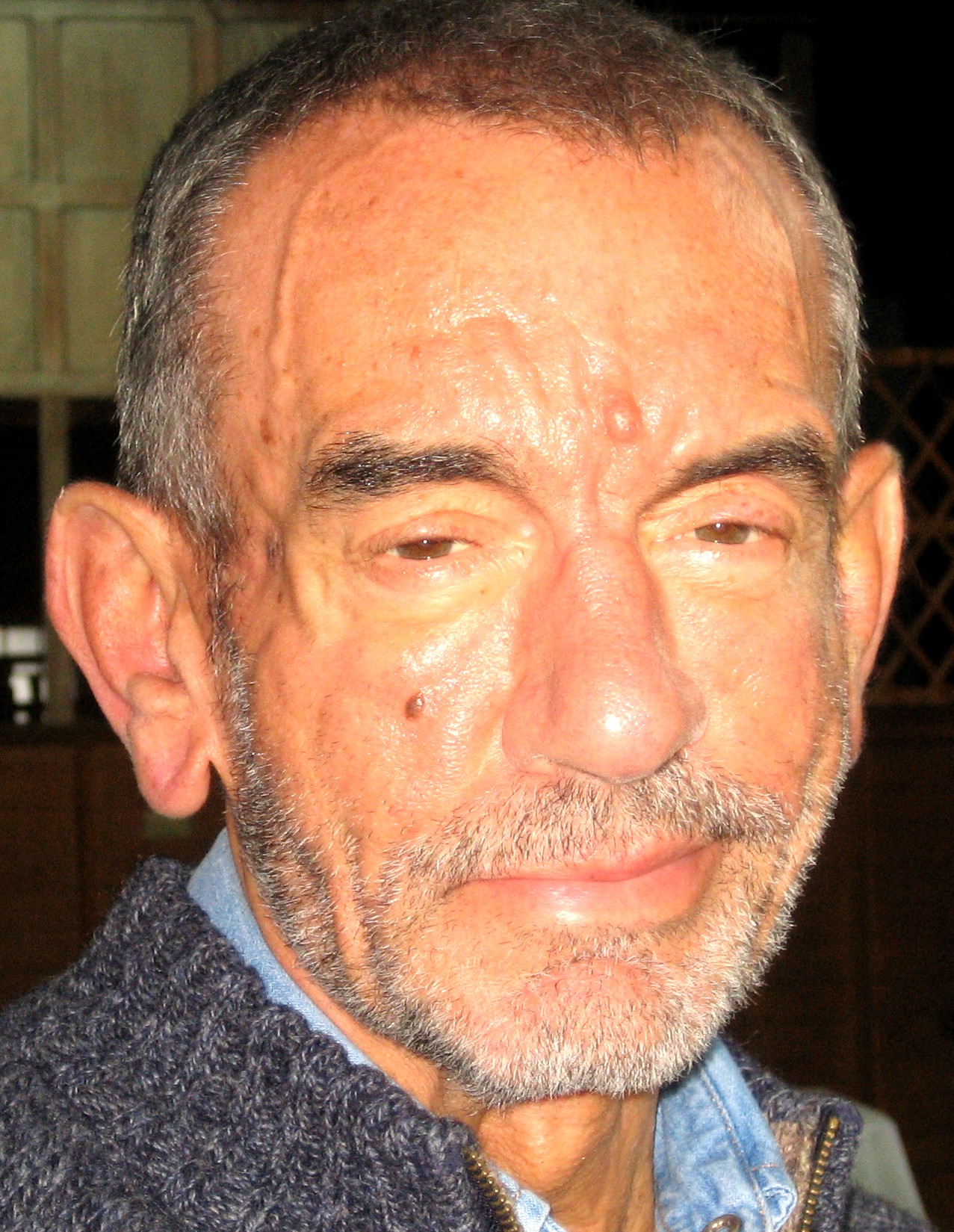Author Archives: OrganistA
15 Let the Music Sound November 2016
Norman Harper plays at St George’s Cathedral, Southwark
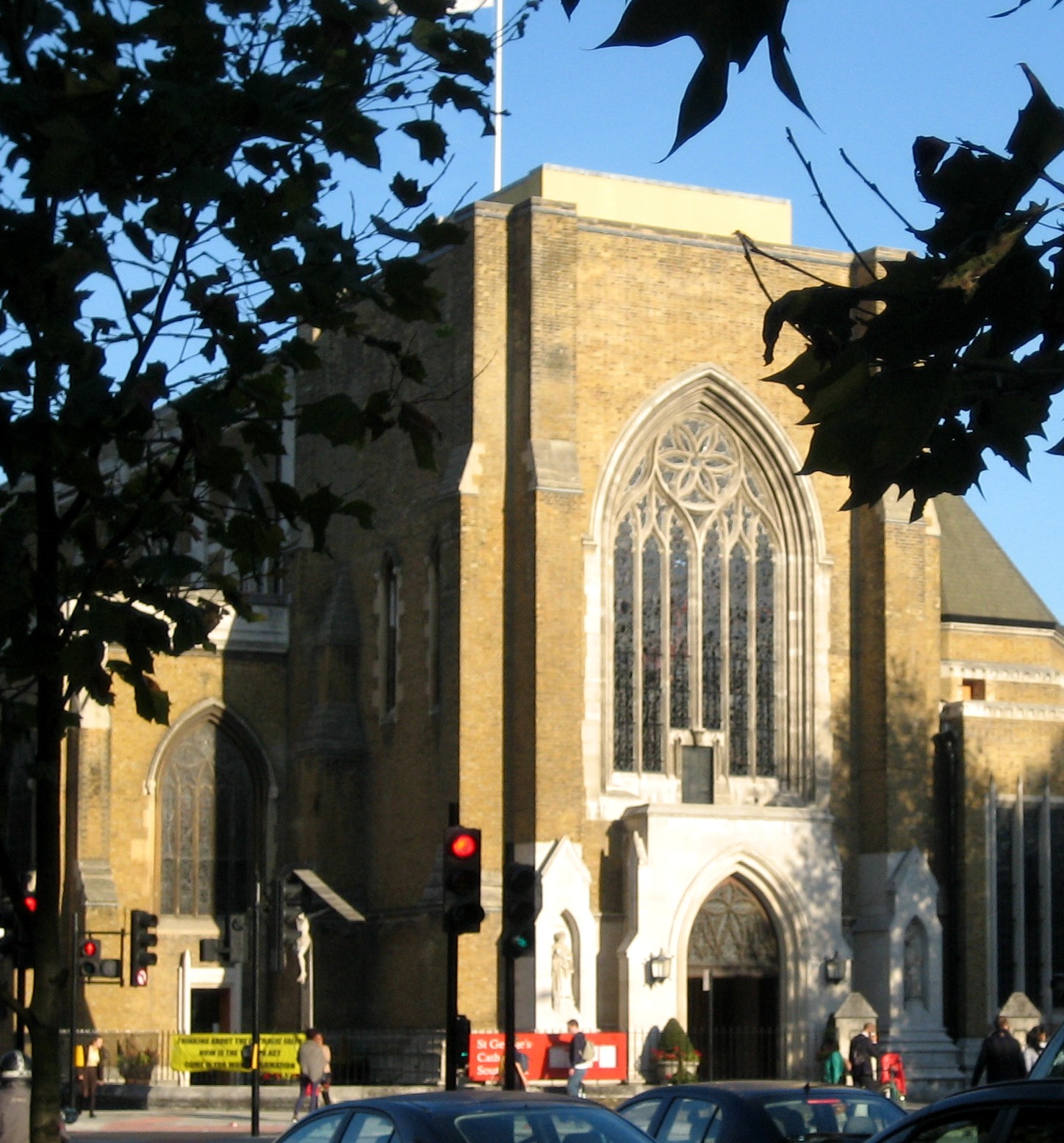 St George’s Cathedral is the Mother Church of the Southwark Archdiocese and the seat of the Archbishop of Southwark. Visit our webiste at www.stgeorgescathedral.org.uk
St George’s Cathedral is the Mother Church of the Southwark Archdiocese and the seat of the Archbishop of Southwark. Visit our webiste at www.stgeorgescathedral.org.uk
The original cathedral was built in the 1840s by the Gothic revivalist Augustus Welby Pugin, and opened in 1848. St George’s Cathedral was destroyed in April 1941 by an incendiary bomb, which gutted most of the cathedral building, but left Clergy House largely intact. It was rebuilt in 1953-8 by Romilly Craze, incorporating Pugin’s surviving chantry chapels; but, as with the original, money ran out before the tower and spire could be completed.
The musical tradition at St George’s is based on two chorister groups, girls and boys, who are trained to sing Masses on their own or together with our team of professional Lay Clerks. The combined repertoire extends from the 12th century Hildegard von Bingen to Duruflé, Britten, O’Neill, Tavener and Ives, taking in on the way Palestrina, Victoria, Tallis, Byrd, Haydn, Mozart, Vierne, Fauré and many others.
On certain occasions in the year the choirs combine, for example during Passiontide and Easter, Christmas and at some diocesan events They have appeared on BBC TV three times at Christmas Midnight Mass, and this coming January they will sing on Radio 4’s Sunday Worship.
Organ recitals have been a feature of our musical life, though at present we are confining recitals to resident organists, as the 1958 Compton, though a very fine instrument, is becoming less reliable, pending major work. See the spec by clicking here or going to http://www.npor.org.uk/NPORView.html?RI=N12637 to see the history.
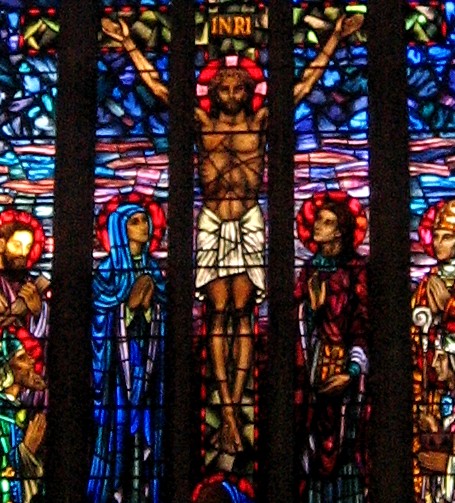 The next recital will be given by Norman Harper on Saturday 17 December 2016 at 11.00 and will comprise Messiaen’s beautiful Christmas meditations La Nativité du Seigneur. (Norman is also playing at the Christs-Chapel-of-Gods-Gift-at-Dulwich on the 12th March 2017. See the Notification page as more information becomes available -ed)
The next recital will be given by Norman Harper on Saturday 17 December 2016 at 11.00 and will comprise Messiaen’s beautiful Christmas meditations La Nativité du Seigneur. (Norman is also playing at the Christs-Chapel-of-Gods-Gift-at-Dulwich on the 12th March 2017. See the Notification page as more information becomes available -ed)
Other choirs and musical groups enjoy performing in the superb acoustics of St George’s, including Morley College, the Holst Singers and Libera.
I demonstrate the organ by playing Herbert Howells’ Rhapsody Op 17 No 1. Click the stained glass window to hear him play this beautiful piece (6 mins) or here.
Norman Harper
Previous
Our Chair writes October 2016
Emotions and Music
Continue readingOur Chair writes September 2016
Heads and shoulders, knees and toes, knees and toes….eyes and ears and mouth and nose…..
Continue readingOur Chair writes August 2016
THE ORGAN WORLD after BREXIT
Continue reading13 My Church July 2016
Alex Fishburn plays at Bromley Parish Church
I am a student in my third year at the Royal College of Music and Assistant organist at St Peter and St Paul, Bromley, Kent.
The church, which dates from at least the medieval period, was badly damaged by a bomb in 1941, though the tower was largely saved. It was rebuilt using much of the original stone work embedded in concrete so looks older that it really is. The foundation stone was laid by Princess Elizabeth (later Queen Elizabeth ll) in 1949 and the building completed in 1957.
The church acquired an old instrument from a private residence in 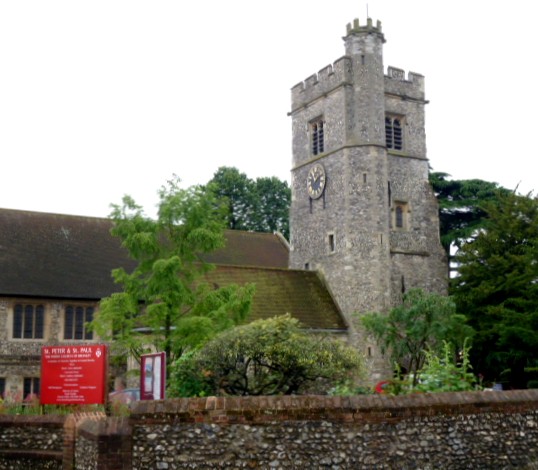 Broadstairs, which soldiered on until enough funds were raised for an entirely new instrument.
Broadstairs, which soldiered on until enough funds were raised for an entirely new instrument.
The current instrument was built in 1991 by J.W. Walker & Sons Ltd. Designed by David Sanger, the organ is distinctly “Modern English” in style, with a rather French flavour to the voicing. The organ is therefore perfect for the performance of a wide range of French repertoire, both from the Baroque era and the romantic era. The organ is also very versatile for 20th century and modern music.
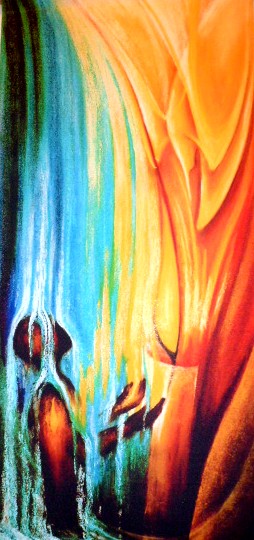
Due to its French voicing, the organ does not lend itself to the performance of English romantic repertoire very well; though with careful selection of stops it can deliver a rather convincing performance of almost any organ repertoire. As the organ does not make any huge attempt to be eclectic in voicing, it blends beautifully and every stop plays an integral part of the instrument. This integrity is what makes the organ excellent at performing many different repertoires of organ music from various schools, from North German Baroque (Buxtehude, Bach etc) through to 20th Century English (such as Matthias).
The piece I am playing, Mozart Changes, is by Zsolt Gárdonyli who was born in Hungary in 1946. It was composed in 1995 using the theme of the finale of Mozart’s piano sonata in D major K. 576, and changes it using elements of jazz. I find this piece regularly appears on my ‘encore’ list as it never fails to make an audience smile, or even laugh and it shows off the Bromley organ well. Click the jazzy picture or here to clear the music to make you smile.
The organ speciifcation is given http://www.npor.org.uk/NPORView.html?RI=D03599
Alex Fishburn
Previous MyChurch
12 MyChurch June 2016
Peter Chester plays at St Swithun’s, Hither Green
Bach Fantasia in G minor.
As many of you will know, this piece rather stands alone in Bach’s organ Repertoire. Its style is unlike any of the other Preludes or Toccatas. There is an improvisatory feel to the main sections, interspersed with two delightful interludes or codas in contrast to the music before and after.I chose this piece to open a recital two months ago at St George’s Beckenham. The codas offer an opportunity to contrast the sound with just 8ft stops; as opposed to the plenum in the main sections.
Click my photo to hear the Bach, or click https://www.youtube.com/embed/-6oLTNYLRwg
Pierné Prelude.
Gabriel Pierne followed Cesar Franck as titulaire at St Sulpice. 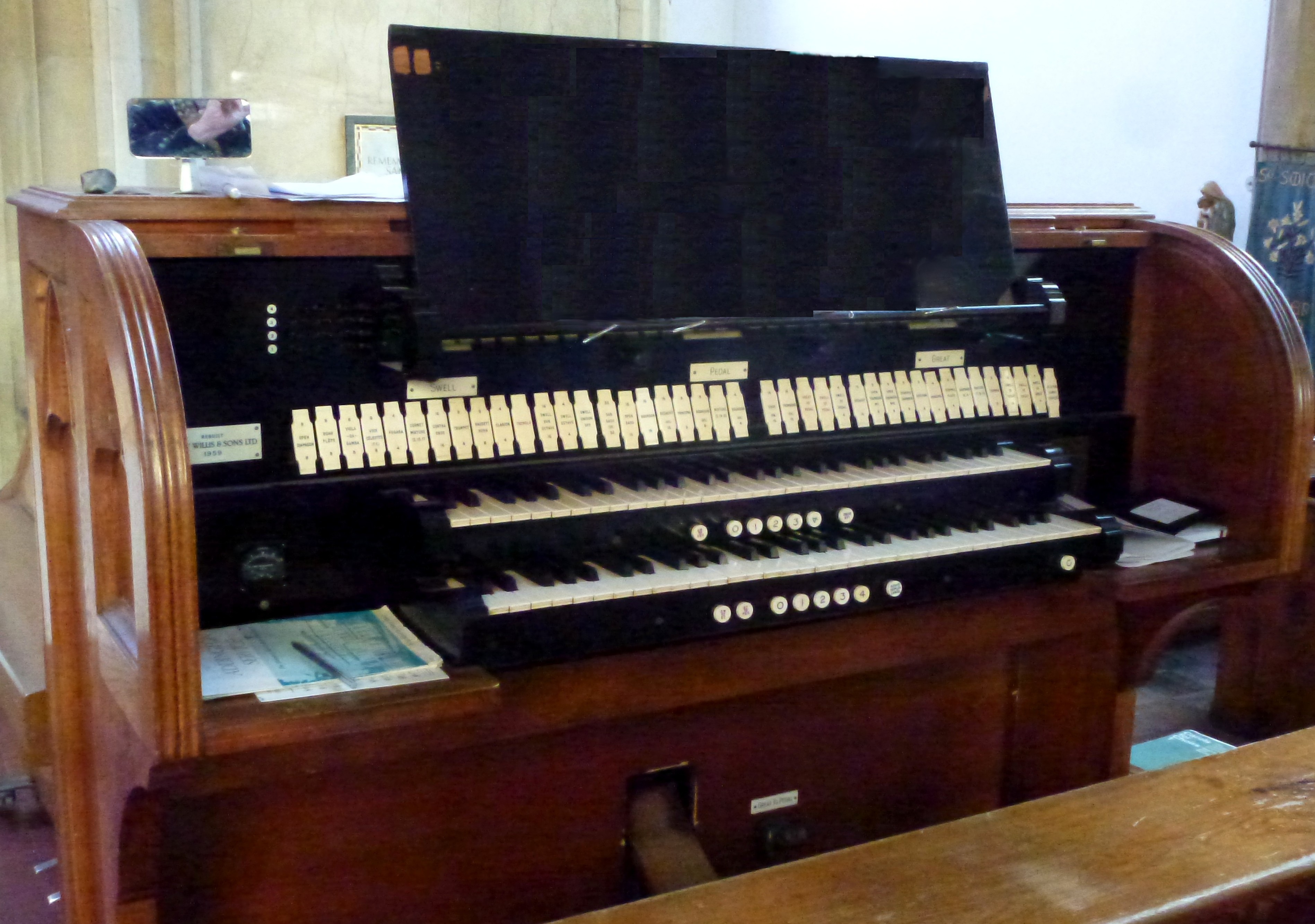 He composed across all musical genres and while he joins the ranks of Parisian organist-composers hardly any of his organ music survives.
He composed across all musical genres and while he joins the ranks of Parisian organist-composers hardly any of his organ music survives.
This Prelude comes from a set entitled Trois Pièces. It is in the key of G minor and is almost pianistic in manner. I studied it for grade 8 many years ago and it has remained a firm favourite.
The photo of the organ to hear the Pierné or click https://www.youtube.com/embed/HBOiAESNsMM
The organ
The present organ in St Swithun’s Church,Hither Green was built by Peter Conacher of Huddersfield, however, it did not begin life here. Sometime during the nineteenth century the organ was originally installed at Blenheim Palace in Oxfordshire, home of the Duke of Marlborough. In 1891 a larger organ was built for Blenheim, by Father Willis (of Henry Willis and Sons of London); this new organ had four manuals and pedals, with seventy stops – huge for a private residence!I
It was probably two years later that the Conacher organ was installed in St. Swithun’s by Father Willis. It was installed in the north east of the church (where the pipes are today), and was a three manual instrument, with nine speakin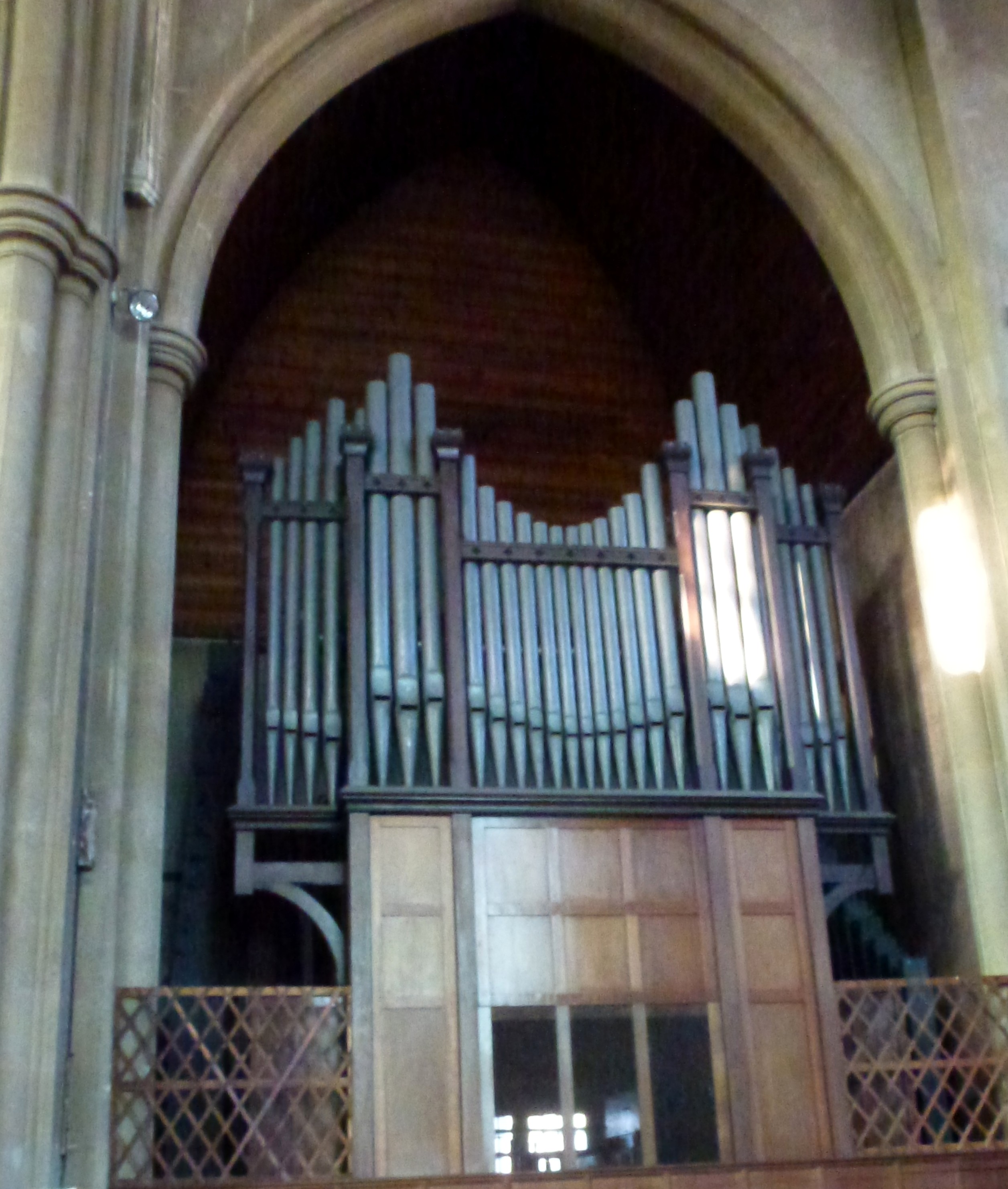 g stops on the Great, ten on the Swell and six on the Choir; the Pedal organ had just three stops (which was typical of Conacher) and there were five unison couplers. The full specification is given http://www.npor.org.uk/NPORView.html?RI=N16392
g stops on the Great, ten on the Swell and six on the Choir; the Pedal organ had just three stops (which was typical of Conacher) and there were five unison couplers. The full specification is given http://www.npor.org.uk/NPORView.html?RI=N16392
In 1959 Sidney George Tuddenham, then St Swithun’s organist, paid £5000 for the rebuilding of the instrument. This amounted to a reworking – and a pruning – of the existing pipework, with the result that we now have a fine, healthy two-manual organ with some excellent Solo stops – notably the Basset Horn, the Oboe, and the Tromba.
The Conacher organ is a fine instrument and is still making music to praise the Lord to this day and it is a joy to be one of the people doing so.
Peter Chester
Previous MyChurch


